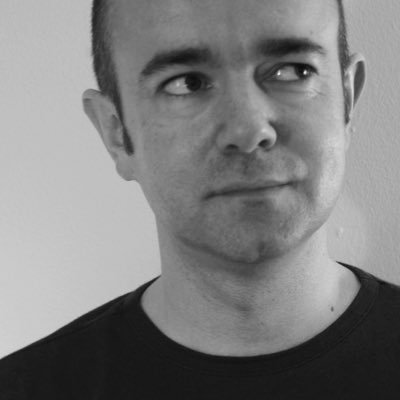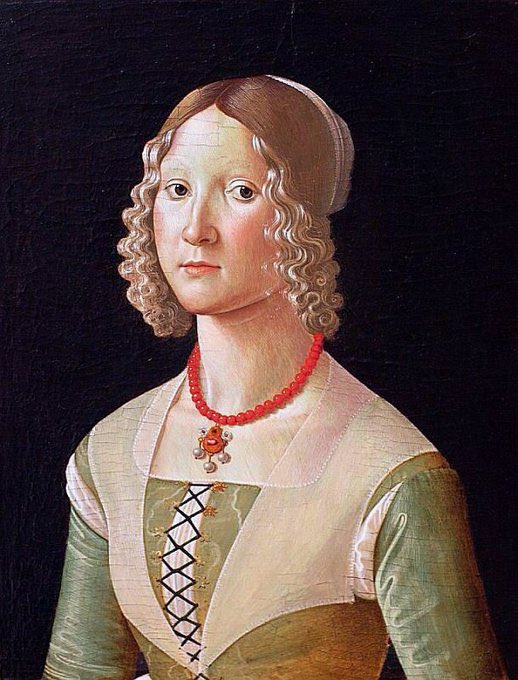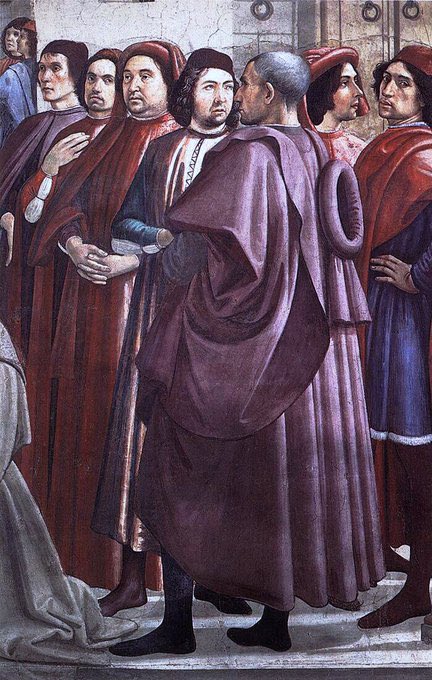From 1911-12 he evolved a new more austere style termed his Gothic period. From 1914-19 he was called up for WWI. 1916 saw him illustrate Breton’s Mont de Piete. Martigues (1913), Man with Newspaper (1914), La Verre Noir (1913) & Portrait (1914)
In 1912 he exhibited with the Blaue Reiter in Munich & in 1913 at the Armory in NY. He also illustrated Max Jacob’s poems in 1912. Still Life (1912), the Grove (1912), the Seine (1912) & Le Samedi (1913-14). He became the archetypal French painter
Derain’s success was ensured by Kahnweiler, the dealer, buying his entire studio. He moved to Montmartre to be near his friend Picasso. Bathers (1907), Mountain Road (1907), Madame Derain (1907) & Landscape (1907)
Apparently domestic everyday scenes are always more than they seem. Real life is curious & Rego saw that. Her imagination was endless.
Most astonishing is her series of women as dogs. There is an authenticity to them that both draws one in & disturbs at the same time.
She explored the expectations of being a woman & how that played out in the subconscious
He also created posters & artwork for theatres & started to teach art & espouse the benefits of Left-wing politics. Baluschek co-founded the League for Proletariat Literature. Working Class City (1920), Head of a Child (1922) & Karl Braun (1927)
The art of Ghirlandaio is to be found in the ancient Italian cities. A mere handful of works is found abroad. Here is his self-portrait. I recommend travelling &, if not possible, this monograph by Cadogan.
The Visitation (1486-90) is one of his most lyrical works. The many women portrayed are exquisite in their beauty. They were members of the family that commissioned the work.
The great pleasure of a Ghirlandaio fresco is that there is so much to take in. Each character has their own story to tell & the mind soon takes flight trying to arrive at what they are thinking. Further details of the S Trinita frescoes.


































